The so-called Deltacron variant is back this fall, with the potential to be the next big thing in COVID viral evolution, scientists say.
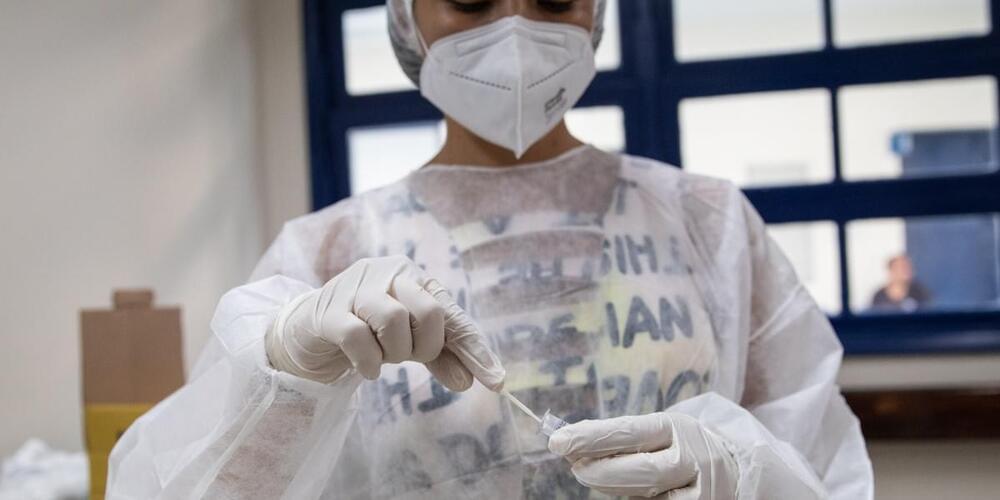

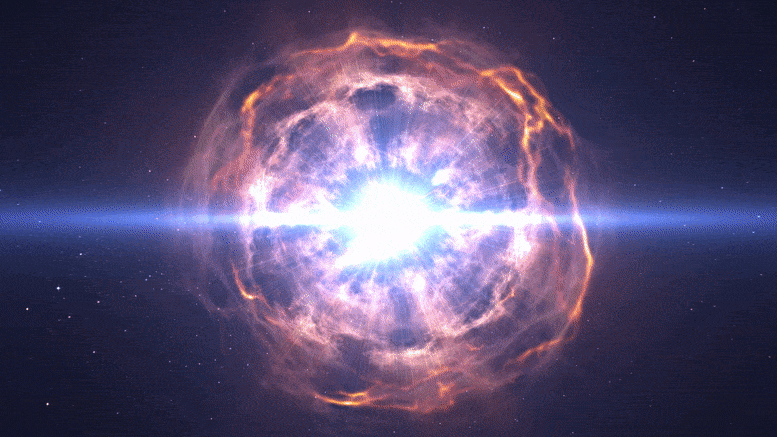
An analysis of more than two decades’ worth of supernova explosions convincingly boosts modern cosmological theories and reinvigorates efforts to answer fundamental questions.
A powerful new analysis has been performed by astrophysicists that places the most precise limits ever on the composition and evolution of the universe. With this analysis, dubbed Pantheon+, cosmologists find themselves at a crossroads.
Pantheon+ convincingly finds that the cosmos is made up of about two-thirds dark energy and one-third matter — predominantly in the form of dark matter — and is expanding at an accelerating pace over the last several billion years. However, Pantheon+ also cements a major disagreement over the pace of that expansion that has yet to be solved.
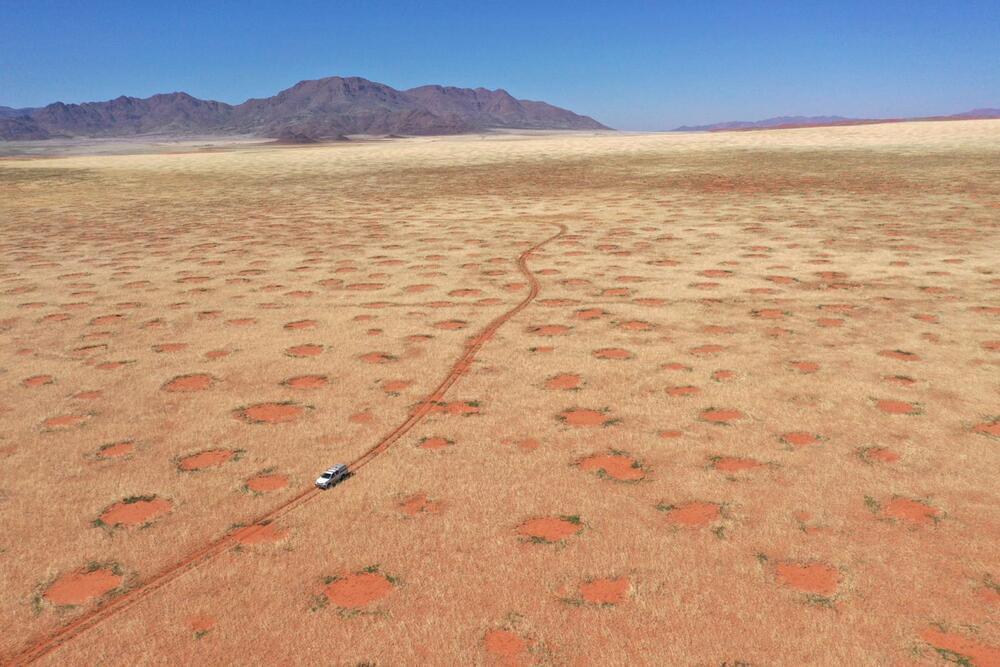
Their existence will no longer mystify us.
Identified in Namibia, fairy circles are circular regions of land devoid of vegetation that range in diameter from 7 to 49 feet (2 to 15 meters) and are frequently surrounded by a ring of promoted grass growth.
Until recently, these fairy circles were seen as a mystery. In 2020, in the Department of Ecosystem Modeling at the University of Göttingen in Germany, researchers tried to solve the mystery by using the Turing method — which explains how natural patterns like stripes and dots can emerge organically and independently from a homogeneous, uniform state.
Now, the team has officially sold the mystery, as reported in the release. The results of the research were published in Perspectives in Plant Ecology, Evolution, and Systematics on October 20.

If conditions on a distant planet allowed life to flourish, would it look anything like life here on Earth? It’s a question that’s seen a Darwinian rise of contradictory theories over the years.
Now, in an interview with the BBC’s Science Focus magazine, Simon Conway Morris, an evolutionary palaeobiologist at the University of Cambridge, says “with reasonable confidence” that human-like evolution has occurred in other parts of the universe.

Five malicious dropper Android apps with over 130,000 cumulative installations have been discovered on the Google Play Store distributing banking trojans like SharkBot and Vultur, which are capable of stealing financial data and performing on-device fraud.
“These droppers continue the unstopping evolution of malicious apps sneaking to the official store,” Dutch mobile security firm ThreatFabric told The Hacker News in a statement.
“This evolution includes following newly introduced policies and masquerading as file managers and overcoming limitations by side-loading the malicious payload through the web browser.”
Researchers from the Chinese Academy of Sciences‘Institute of Vertebrate Paleontology and Paleoanthropology (IVPP) have recently found two fossil repositories in the early Silurian strata of southwest Guizhou and Chongqing that are rewriting the “from fish to human” evolutionary story.
Four different papers describing their findings were recently published in the journal Nature.
Humans are one of the 99.8% of species of extant vertebrates that are gnathostomes, or jawed vertebrates. The basic body plan and several key organs of humans can be traced back to the origin of gnathostomes. One of the most significant developments in the evolution of vertebrates is the emergence of jaws.
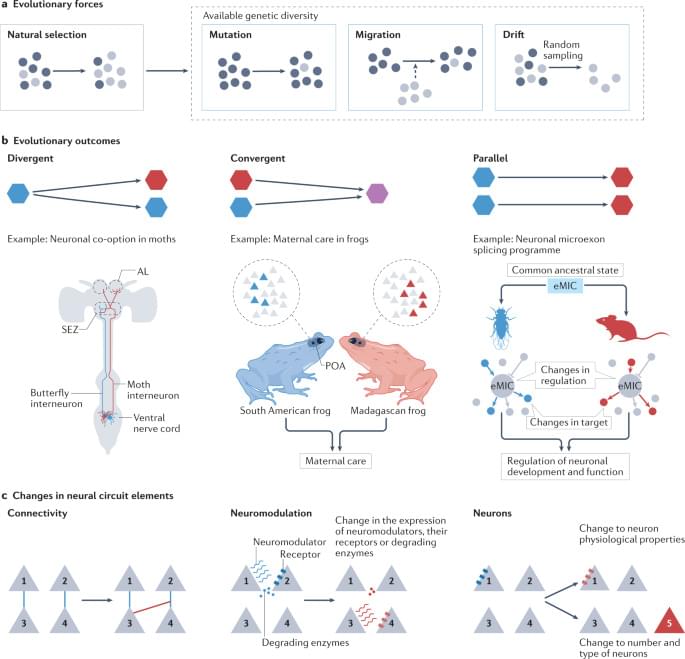
Understanding how brain circuits have been altered by evolution can provide insight into their development and function. Prieto-Godino and colleagues provide an overview of our current understanding of the principles of central circuit evolution, drawing on numerous examples from across the animal kingdom.

When in 2015, Eileen Brown looked at the ETER9 Project (crazy for many, visionary for few) and wrote an interesting article for ZDNET with the title “New social network ETER9 brings AI to your interactions”, it ensured a worldwide projection of something the world was not expecting.
Someone, in a lost world (outside the United States), was risking, with everything he had in his possession (very little or less than nothing), a vision worthy of the American dream. At that time, Facebook was already beginning to annoy the cleaner minds that were looking for a difference and a more innovative world.
Today, after that test bench, we see that Facebook (Meta or whatever) is nothing but an illusion, or, I dare say, a big disappointment. No, no, no! I am not now bad-mouthing Facebook just because I have a project in hand that is seen as a potential competitor.
I was even a big fan of the “original” Facebook; but then I realized, it took me a few years, that Mark Zuckerberg is nothing more than a simple kid, now a man, who against everything and everyone, gave in to whims. Of him, initially, and now, perforce, of what his big investors, deluded by himself, of what his “metaverse” would be.

What we now witness is what might be called Geopolitical Decentralization. Akin to the Web3 decentralization meta-trend in information and communication technologies, we are moving away from the centralized global control by one country, away from the U.S. hegemony on a global scale. With the Russia-Ukraine war, the U.S. apparently loses its status as a global superpower. This is an entirely natural geopolitical and socio-economic evolution, seemingly predetermined for a civilizational development. Mirroring each other, our technologies go in lockstep with socio-economic and geopolitical processes.
Place has always mattered when it comes to economics—and it will matter more than ever in the coming post-neoliberal world, writes Rana Foroohar.
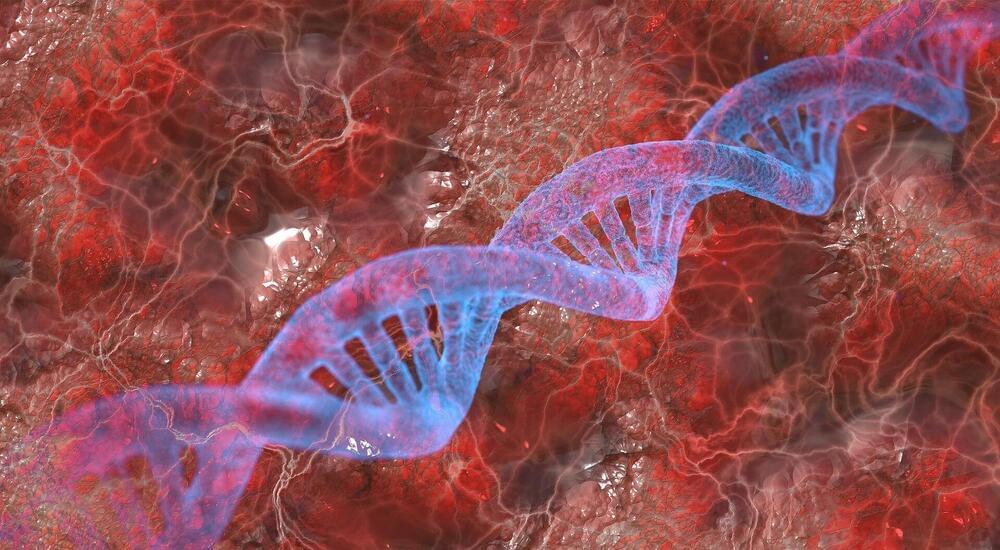
Viral DNA in human genomes, embedded there from ancient infections, serves as antivirals that protect human cells against certain present-day viruses, according to new research.
The paper, “Evolution and Antiviral Activity of a Human Protein of Retroviral Origin,” published Oct. 28 in Science, provides proof of principle of this effect.
Previous studies have shown that fragments of ancient viral DNA—called endogenous retroviruses —in the genomes of mice, chickens, cats and sheep provide immunity against modern viruses that originate outside the body by blocking them from entering host cells. Though this study was conducted with human cells in culture in the lab, it shows that the antiviral effect of endogenous retroviruses likely also exists for humans.